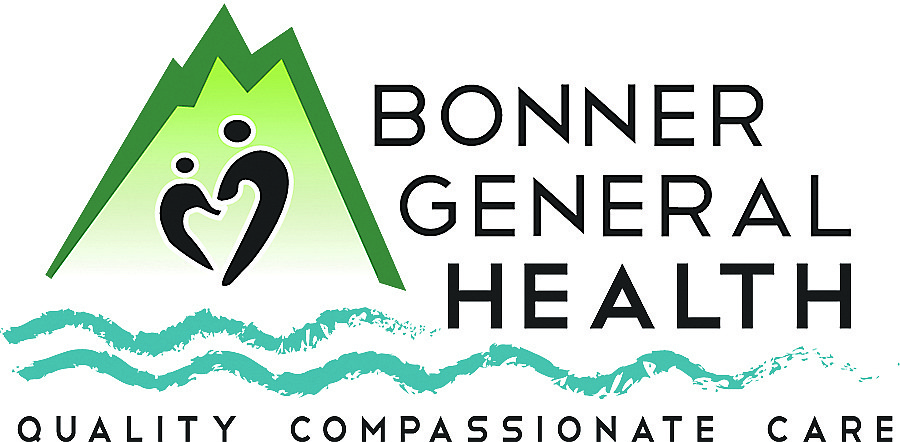Dizziness and fainting may be caused by POTS
The first time someone told me they had POTS, I thought they were talking about kitchen utensils. I thought it was a bit of an odd thing to tell me. Don’t we all have pots and pans? But then, when they said that POTS stands for postural orthostatic tachycardia syndrome, it all made sense. And sent me directly to the internet.
The Cleveland Clinic’s website explains each word has a meaning. Postural means it’s related to the position of your body. Orthostatic relates to standing upright. Tachycardia is a heart rate over 100 beats per minute and syndrome is when symptoms happen together.
“POTS is a condition that causes your heart to beat faster than normal when you transition from sitting or lying down to standing up. It’s a type of orthostatic intolerance,” Cleveland says.
What happens is that upon getting up, one feels dizzy or actually faints. Other symptoms include forgetfulness and trouble focusing; heart palpitations; exhaustion and fatigue; feeling nervous or anxious; shakiness and excessive sweating; shortness of breath; chest pain; headaches; feeling sick; bloating; a pale face and purple discoloration of your hands and feet if they’re lower than the level of your heart, and disrupted sleep from chest pain, racing heart rate and night sweats.
Cleveland explains what happens to most of our bodies: “Normally, when you stand up, gravity causes about 10 to 15% of your blood to settle in your abdomen, legs and arms. This means that less blood reaches your brain, which can cause brief lightheadedness. If you don’t have POTS, this lightheaded feeling doesn’t happen often because your leg muscles help pump blood back up to your heart.
“In addition, your autonomic nervous system turns on a series of rapid responses. To compensate for the lower amount of blood returning to your heart after standing up, your body releases the hormones epinephrine (adrenaline) and norepinephrine.
“These hormones typically cause your heart to beat a little faster and with more force. Norepinephrine also causes your blood vessels to tighten or constrict. This all results in more blood returning to your heart and brain.”
If you have POTS, your body doesn’t respond normally to the release of more norepinephrine or epinephrine hormones. This causes most of the blood to stay in your lower body when you stand up causing your heart rate to increase. Your heart rate increases, working to get more blood to your brain. As this happens your blood pressure is likely to drop. And sometimes so do you.
WebMD says that “women between 15 and 50 years old are more likely to have POTS. It can run in families, but researchers haven’t identified a single gene that might be linked to the condition.”
You may be more susceptible to POTS if you are anemic, have an autoimmune disease, suffer chronic fatigue syndrome, have diabetes or prediabetes, have Ehler-Danlos (a muscle and joint condition), illnesses like mononucleosis, Lyme disease or hepatitis C, multiple sclerosis, or have a mitral valve prolapse (click-murmur syndrome).
“POTS can happen for different reasons,” WebMD says. “You could have more than one kind. Some of the most common types of POTS are: Neuropathic which is damage to small fiber nerve that manage blood flow in your limbs and abdomen. Hyperadrenergic which is when you have higher levels of the stress hormone norepinephrine. And hypovolemic which is when you have unusually low blood levels.”
Although POTS is not life threatening, it can severely impact your day-to-day living. There’s no cure, but there are treatments available that have been proven successful. Symptoms may come and go for years, and in 80% of cases the condition improves, although some people have some residual symptoms.
There are several tests that are used in diagnosing POTS. A tilt-table test seems to be one of the most reliable. In this test, you’re strapped to a table that slowly moves your body upright to simulate standing while your doctor monitors your heart rate. Needless to say, some people pass out during this test.
Treatment may include taking medications, wearing compression stockings, changing diet (i.e. increasing water and salt intake), exercising, changing sleeping habits, and seeing a mental health professional who can guide you through dealing with a chronic condition.
Kathy Hubbard is a member of the Bonner Health Foundation Advisory Council. She can be reached at kathyleehubbard@yahoo.com.



